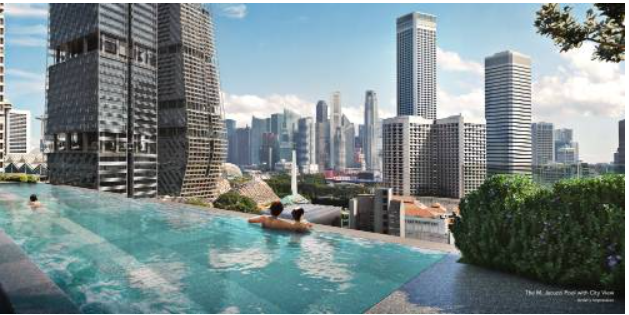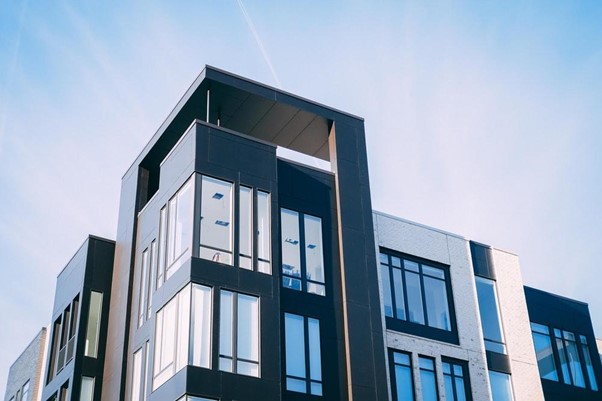Shoebox apartments, also known as ‘compact units’ are typically defined as an apartment of 500 square feet or less and designed for a single occupant. By 2018, there were already around 28,000 shoebox units in Singapore, making up 8.7 percent of non-landed private housing units. Since then, there has been a surge in shoebox developments and only slowing down in 2020 due to the pandemic.
For old-school property investors, the appeal of owning a shoebox unit may be incomprehensible. Too small for families, too hard to offload, too costly per square foot.
So why are shoebox units gaining popularity? This article will explain what drives the demand for this property class and what are some considerations before owning one.
Strong Price Performance
In 2010, the average price of a condo unit in Singapore was around $1.4 million. Fast forward to 2020, the average price of condo units has grown to $1.59 million, which is a gain of 12.6 per cent. Comparing this with shoebox units, a shoebox apartment would have cost around an average of $616,217 in 2010. In 2020, the average value is $820,402, translating into a growth of 33.1 per cent.
A report by Knight Frank showed that owners who sold their shoebox units received an average capital gain of 11.5 per cent, while owners of larger apartments saw an average gain of 10.6 per cent. Rental yields were also higher for shoebox units, averaging around 3.5 per cent, while most rental yields for general residential properties are between 2 to 3 per cent. This is likely attributed to lower overall costs of investing in a shoebox unit as compared to larger rental properties.
Affordable City-Centre Living
In the past, shoebox units were concentrated in the central region as well as city fringes. But now, such apartments have been popping up in the Heartlands. However, shoebox apartments outside of the downtown areas are known for its lower rentability and rental yields.

One big appeal of shoebox apartments is its prime locations. Just look at the M Condo, located along Middle Road. The low quantum of these properties provides individuals with an opportunity to live in the CBD and city fringes for less than $1.5 million. This comes with a trade-off—a much smaller floor area and limited living space. But for singles or even young couples, the location and proximity to CBD may well-suit their lifestyle.

For non-central areas, shoebox apartments provide condominium facilities for a price below $1 million. This may be a good investment especially for lifelong singles, retirees or couples who enjoy the cosy living space.
Matching Lifestyle to Property
For those purchasing shoebox units as their very first home purchase, ensure that the plan for the next three to five years does not include an additional immediate family member. Shoebox units, in its size, are meant for one or two occupants maximum and not for families with children. Furthermore, having a shoebox unit meant that you are ‘locked-in’ for the next three years due to Sellers Stamp Duty (SSD). If one were to sell within the year, a 12 per cent tax will be applied on sale. The next year will incur an 8 per cent tax and the third year will incur a 4 per cent tax on the sale price, causing a potential financial loss.
The likelihood for those who decide to hold onto the shoebox unit and purchase another larger unit within these 3 years will also be reduced as Additional Buyers Stamp Duty (ABSD) will be charged on the next property.
Hence, buying a shoebox unit requires extensive planning and consideration for the future as there is not much wiggle room for deviations from the original plan.
Perspectives on Shoebox Apartments
Demand for shoebox units are hit especially hard due to the economic impacts felt by expatriate tenants, significantly reducing rental demand for such units. Most buyers of small apartments tend to be investors and a current softer leasing market would reduce the appeal of such assets. Furthermore, while budget-conscious tenants may help bolster rental demand for small apartments, the very small units generally have a much harder time in securing tenants.
Overall, for investors, the decision to purchase shoebox apartments must be well thought through given certain units’ lacklustre rentability. Although, units in prime locations and relatively larger shoebox units will continue to see an increase in prices in the long-term.
For owner-occupiers, a shoebox apartment may be an affordable means to stay closer to the central area or have access to amenities private housing can provide. Nevertheless, much thought must be put into purchasing the property as a first home as small units lack flexibility in adjusting to an increase in the number of occupants.
Want to find the best mortgage rate in town? Check out our free comparison service to learn more!
Read more of our posts below!

